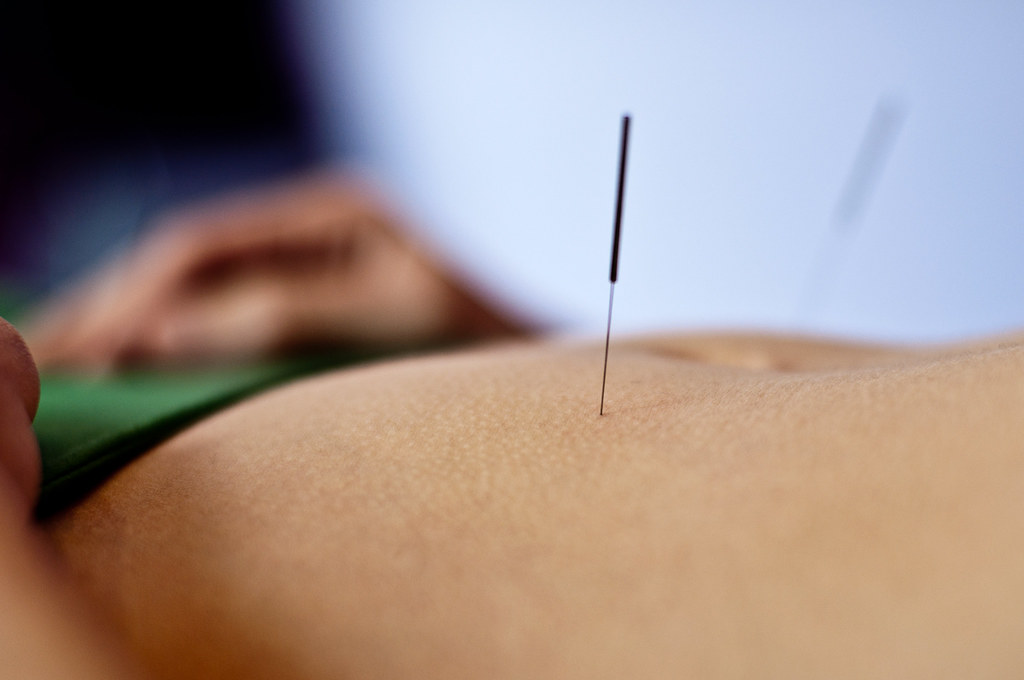Most women go through the experience of having a cyst on the ovaries at least once in their lives. Most of them are painless and are usually discovered during a routine pelvic exam. Cysts come in various forms and treatment for the same varies with respect to the seriousness of the ovarian cyst. There are various solutions available for ovarian cyst removal which usually revolve around natural supplements, exercise and sometimes even surgery.
Let’s have a look at the kinds of ovarian cysts that usually occur and how to tackle them most efficiently:
Functional Ovarian Cyst:
Occurring due to follicle maturation malfunction, functional cysts are of two kinds. A ovarian follicular cyst happens when the follicle fails to rupture and release an egg. The follicle grows to form a cyst. The second type is a corpus luteum cyst which happens when the opening in the follicle seals off to accumulate fluid and grow into a cyst. Functional ovarian cysts are mainly painless, come with no symptoms and even go away without treatment. However, in cases where treatment is required, patient is recommended hot water treatment and pain relievers.
Dermoid & Cystadenomas Cysts:
The former are complex cysts that develop from cells producing human eggs. Therefore, they may contain hair, teeth and skin. Cystadenomas are cysts that develop from ovarian tissues and is filled with mucous or liquid. While not being cancerous, they may cause damage to the ovary, which can include twisting, tissue scarring, and formation of adhesion. Natural methods are not the right call to order for treating such cysts. A doctor or a physician would the best guide for any ovarian cyst treatment. They are most effectively treated with conventional surgery or laparoscopy.
Endometriomas:
This kind of cyst is formed when displaced endometrial cells attach themselves to the ovary and form a growth known as endometriosis. This kind of ovarian cyst is more commonly known as a chocolate cyst, which is fairly common in women with low infertility. Laparoscopy is the best way to remove this cyst, especially while it is still small, because an enlarged cyst may cause bleeding and destruction of the ovary.
Polycystic ovaries:
One of the biggest concerns in modern medicine, an ovary may become polycystic in nature due to imbalance in estrogen. Many small cysts develop in a row within the ovary that may resemble small pearls. Primarily associated with PCOS, polycystic ovaries become enlarged causing reduced fertility. While there is no successful treatment for PCOS, one may need to take medication, improve diet and inculcate regular exercise every day to contain any side effects of the same.
Let’s have a look at the kinds of ovarian cysts that usually occur and how to tackle them most efficiently:
Functional Ovarian Cyst:
Occurring due to follicle maturation malfunction, functional cysts are of two kinds. A ovarian follicular cyst happens when the follicle fails to rupture and release an egg. The follicle grows to form a cyst. The second type is a corpus luteum cyst which happens when the opening in the follicle seals off to accumulate fluid and grow into a cyst. Functional ovarian cysts are mainly painless, come with no symptoms and even go away without treatment. However, in cases where treatment is required, patient is recommended hot water treatment and pain relievers.
Dermoid & Cystadenomas Cysts:
The former are complex cysts that develop from cells producing human eggs. Therefore, they may contain hair, teeth and skin. Cystadenomas are cysts that develop from ovarian tissues and is filled with mucous or liquid. While not being cancerous, they may cause damage to the ovary, which can include twisting, tissue scarring, and formation of adhesion. Natural methods are not the right call to order for treating such cysts. A doctor or a physician would the best guide for any ovarian cyst treatment. They are most effectively treated with conventional surgery or laparoscopy.
Endometriomas:
This kind of cyst is formed when displaced endometrial cells attach themselves to the ovary and form a growth known as endometriosis. This kind of ovarian cyst is more commonly known as a chocolate cyst, which is fairly common in women with low infertility. Laparoscopy is the best way to remove this cyst, especially while it is still small, because an enlarged cyst may cause bleeding and destruction of the ovary.
Polycystic ovaries:
One of the biggest concerns in modern medicine, an ovary may become polycystic in nature due to imbalance in estrogen. Many small cysts develop in a row within the ovary that may resemble small pearls. Primarily associated with PCOS, polycystic ovaries become enlarged causing reduced fertility. While there is no successful treatment for PCOS, one may need to take medication, improve diet and inculcate regular exercise every day to contain any side effects of the same.

